The Science of Soil: Multidimensional Thinking
This short animation explores the differences between the first, second, and third dimensions in unit measurement, as well as the importance of correct unit labeling. Part of "The Science of Soil" series.
Media Details
Runtime: 5 minutes 19 seconds
- Topic: Mathematics, Science
- Subtopic: Mathematics, Science Methods
- Grade/Interest Level: 7 - 12
- Standards:
- Release Year: 2014
- Producer/Distributor: LearningGamesLab
- Series: The Science of Soil
- Writer: Daniel Strauss
- Report a Problem
Available Resources
Related Media
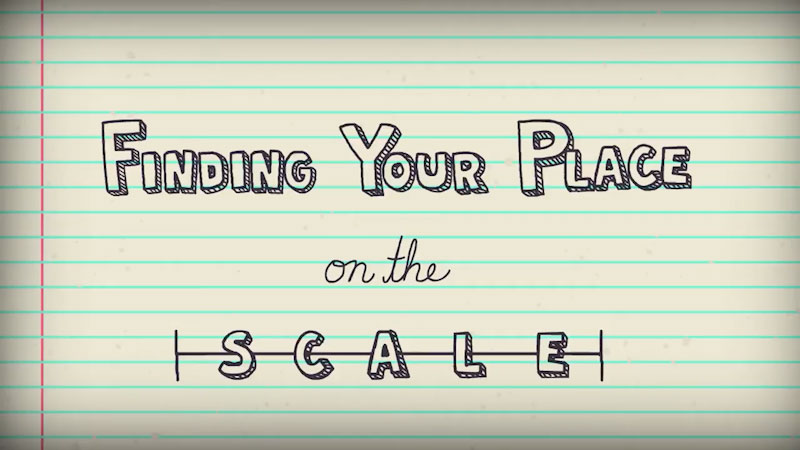
The Science of Soil
Season 0 / Ep 1
8 minutes
Grade Level: 7 - 12
The Science of Soil
Season 0 / Ep 1
8 minutes
Grade Level: 7 - 12
The Science of Soil: Finding Your Place on the Scale
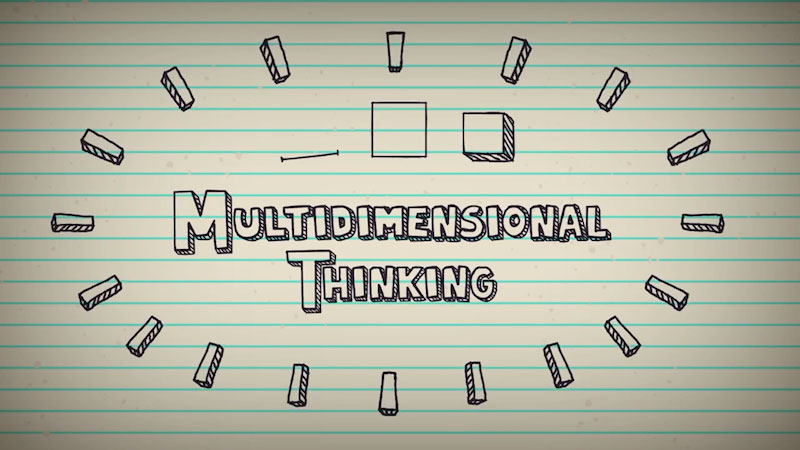
The Science of Soil
Season 0 / Ep 2
5 minutes 19 seconds
Grade Level: 7 - 12
The Science of Soil
Season 0 / Ep 2
5 minutes 19 seconds
Grade Level: 7 - 12
The Science of Soil: Multidimensional Thinking
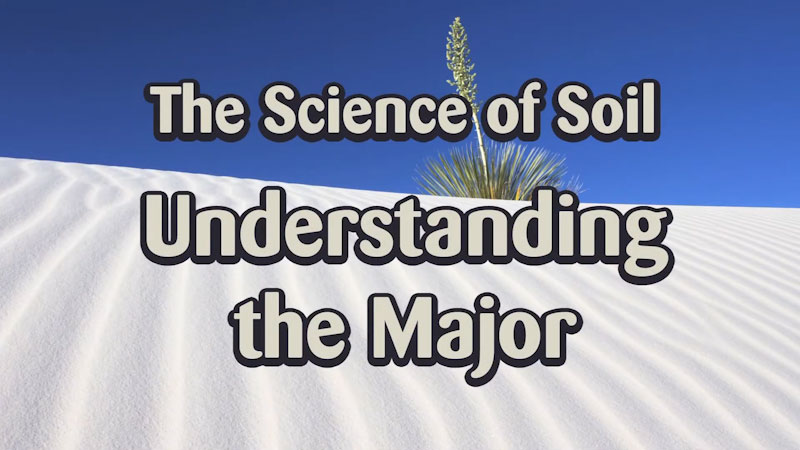
The Science of Soil
Season 0 / Ep 3
5 minutes 37 seconds
Grade Level: 7 - 12
The Science of Soil
Season 0 / Ep 3
5 minutes 37 seconds
Grade Level: 7 - 12
The Science of Soil: Understanding the Major
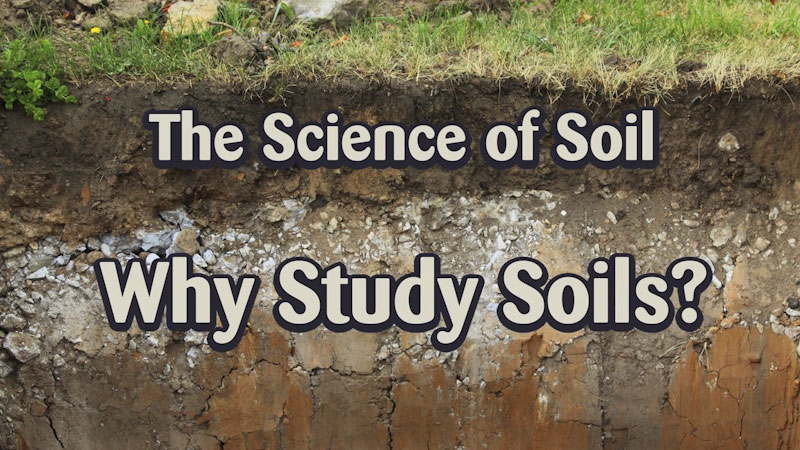
The Science of Soil
Season 0 / Ep 4
4 minutes 18 seconds
Grade Level: 7 - 12
The Science of Soil
Season 0 / Ep 4
4 minutes 18 seconds
Grade Level: 7 - 12
The Science of Soil: Why Study Soil?
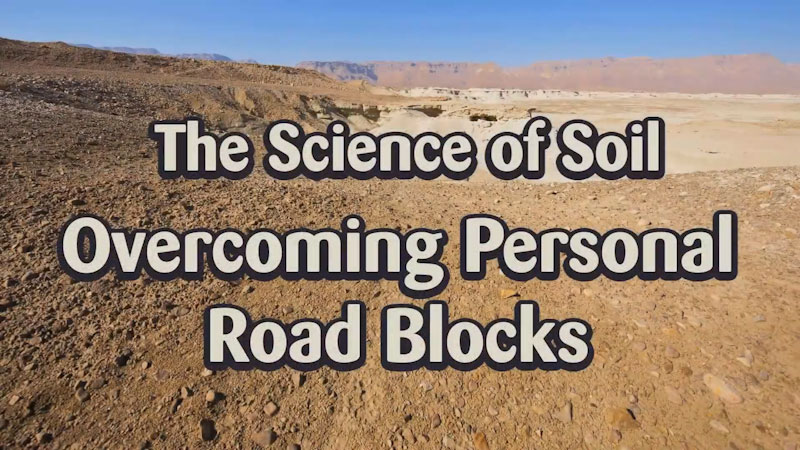
The Science of Soil
Season 0 / Ep 5
4 minutes 45 seconds
Grade Level: 7 - 12
The Science of Soil
Season 0 / Ep 5
4 minutes 45 seconds
Grade Level: 7 - 12
The Science of Soil: Overcoming Personal Road Blocks
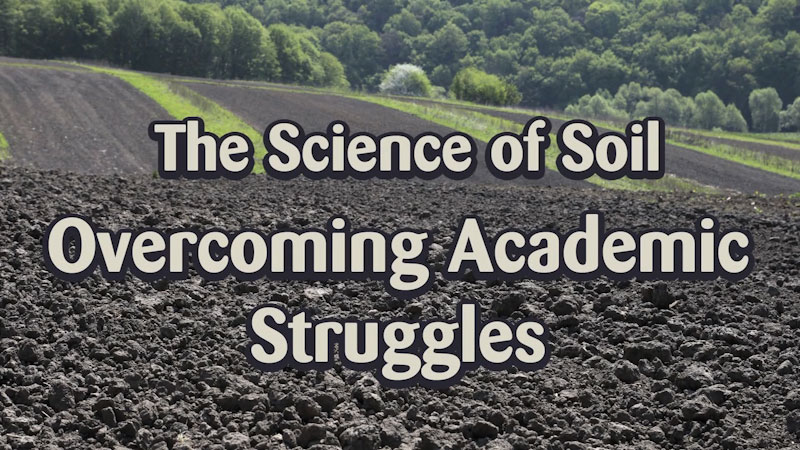
The Science of Soil
Season 0 / Ep 6
4 minutes 37 seconds
Grade Level: 7 - 12
The Science of Soil
Season 0 / Ep 6
4 minutes 37 seconds
Grade Level: 7 - 12
The Science of Soil: Overcoming Academic Struggles
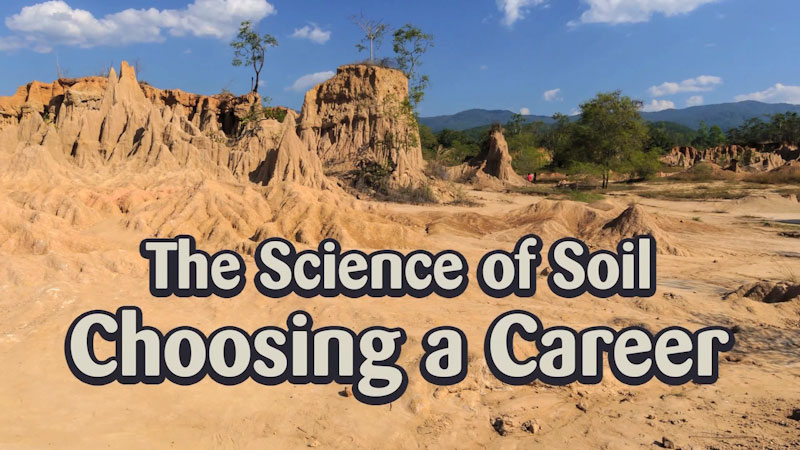
The Science of Soil
Season 0 / Ep 7
3 minutes 9 seconds
Grade Level: 7 - 12
The Science of Soil
Season 0 / Ep 7
3 minutes 9 seconds
Grade Level: 7 - 12
The Science of Soil: Choosing a Career
